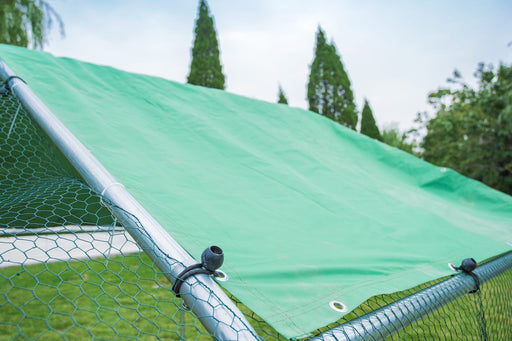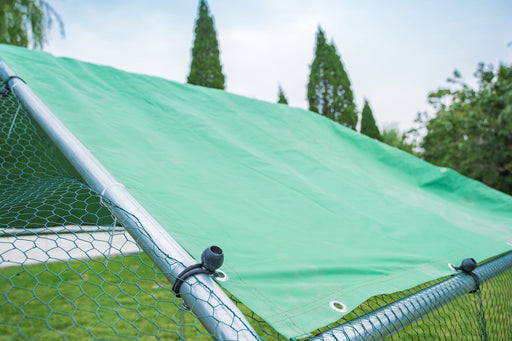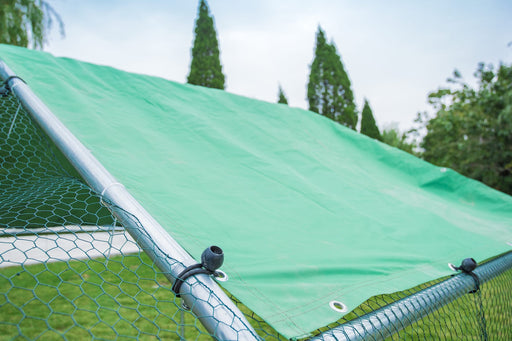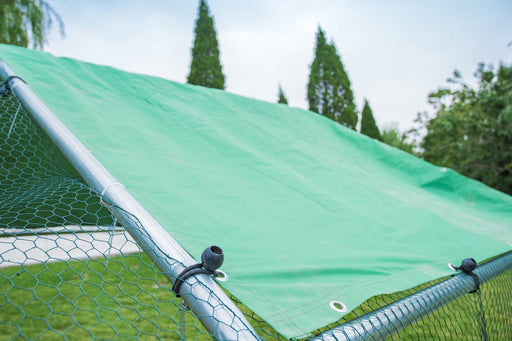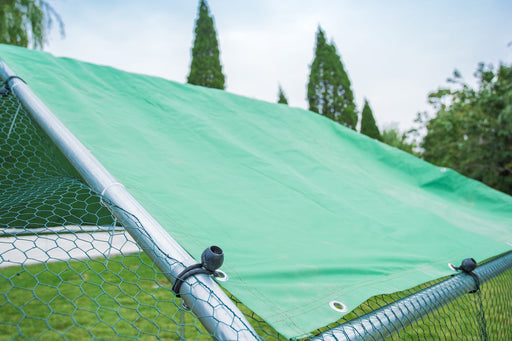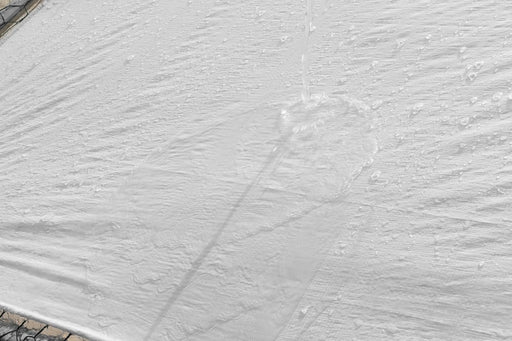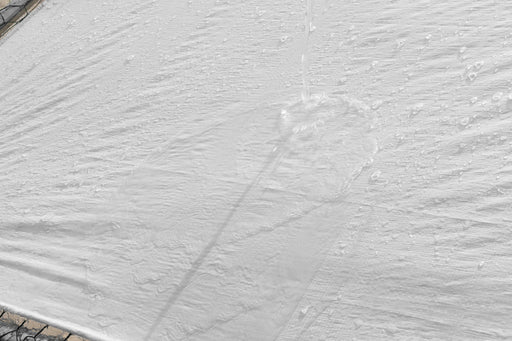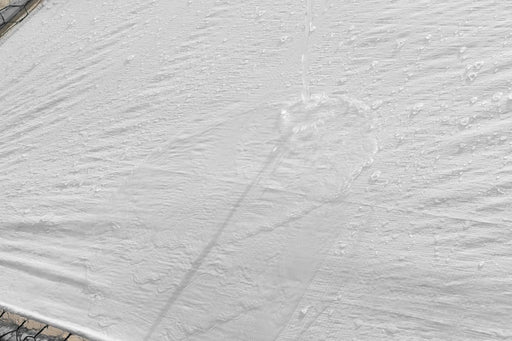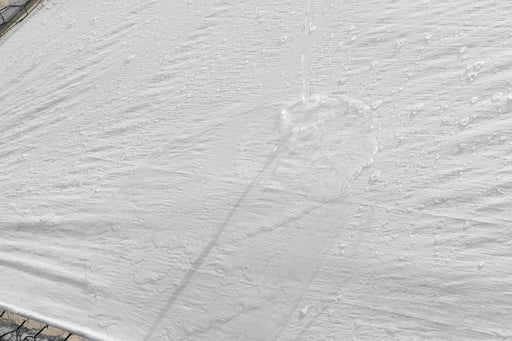Chicken Run Covers for Year-Round Protection
In the United Kingdom, chicken run covers are particularly popular due to the unpredictable stormy weather of winter, but also all other months too. But when should you use one, and are there times when it’s better not to? Let us explain and de-myth some incorrect information that's out there online.
When to use a chicken run cover?
- Frequent Rain: Keep your flock dry and comfortable during frequent rainfalls. A covered run protects bedding from getting soggy and reduces the risk of mould and nasty bacteria forming on the bed floor.
- Winter Months: Shield your hens from wind, snow, and frost, helping them stay warm but also providing an enclosing that helps to reduce stress for your birds.
- For Shade: During hot spells (those rare weeks in the UK), a cover or tarp provides essential shade, keeping chickens cool and regulated.
When not to use a run cover?
If you've ever kept anything covered through rain and shine, ventilation is always your enemy. The same applies for looking after chickens too! During mild weather or when air circulation is a priority, leaving part of the run uncovered can improve airflow, preventing the buildup of heat or ammonia.
By leaving your run partly covered or uncovered at certain times of year you can help prevent nasties that thrive in damp and covered conditions such as red mites or swarms of flies. You should combine regular run cover cleaning and airing with chicken cleaning products that will ensure your flock are in tip shop shape.
Tips for using a tarp cover correctly
To get the most out of your heavy-duty run covers and ensure the best conditions for your chickens, we've popped together some of our most frequently advised tips:
- Secure it Properly: Ensure the tarpaulin is tightly secured to the chicken run using strong ties or bungee cords. A loose cover can flap in the wind, causing stress to your chickens or even becoming damaged over time.
- Provide Partial Coverage: While it’s tempting to cover the entire run, leave sections open to allow for natural airflow and ventilation, especially in spring and summer months. This prevents overheating in summer and helps reduce the buildup of moisture or ammonia. The UK weather can change so easily, this is really important to adhere to.
- Check for Wear & Tear: Regularly inspect the tarpaulin for signs of wear or damage. Any small tears should be repaired immediately to prevent them from worsening, ensuring your hens remain well-protected.
- Position for Optimal Drainage: Make sure the cover is sloped or angled to allow water to drain off, rather than pool in one spot. This prevents sagging and means you won't add more weight stress to your run structure.
- Remove Snow Accumulation: In the winter, brush off heavy snow regularly to avoid excess weight putting strain on the tarpaulin and the run’s structure.

